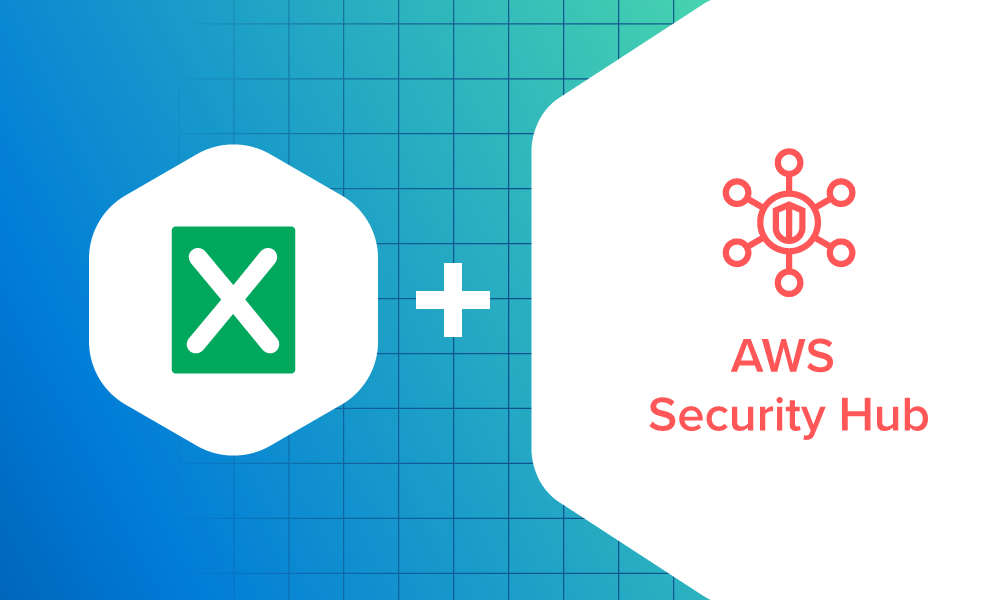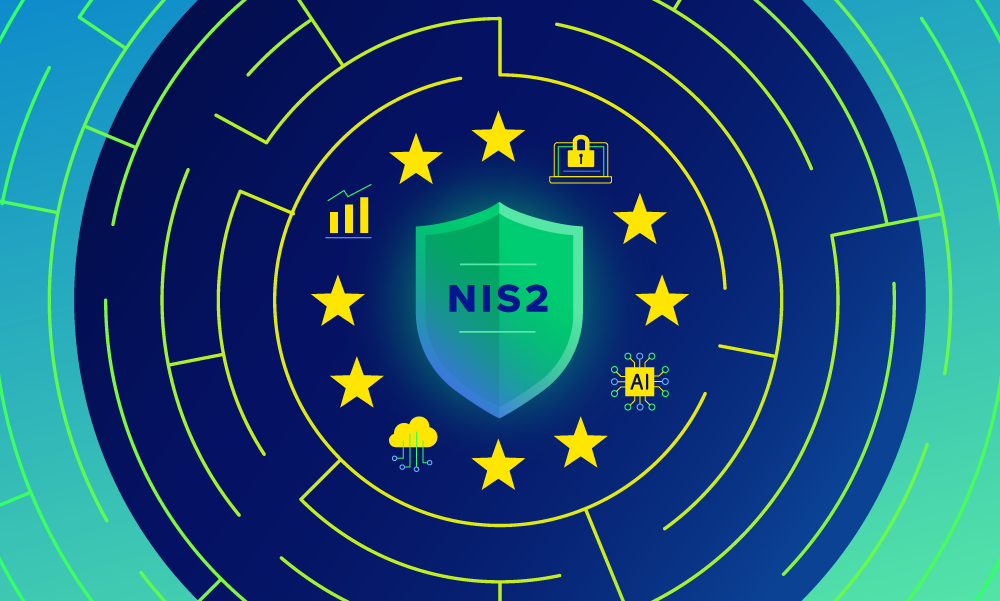MDR · 4 MIN READ · SCOUT SCHOLES · JUL 23, 2025 · TAGS: Guidance
TL;DR
- Cheaper security options may look better up front, but the reality is there’s hidden costs that come later you need to be aware of
- Because of hidden costs, cheaper or free security isn’t always that—it can be worse over time for your cybersecurity posture and strategy
- For more guidance on what to check out (and ask) before switching MDR providers, read this checklist
Alright, so your security vendor contract is up for renewal, and procurement has found some “alternatives” that are supposedly 20–30% less expensive.
You might think the math seems simple: same service, lower price, automatic savings.
But finance teams who’ve made this switch often discover the real math is more complicated. Here’s what you need to know before you sign that “cheaper” contract.
The sticker price vs. total cost reality
That lower monthly fee rarely tells the whole story. A lot of times, competitive security vendors front-load their pricing to win deals, then hit you with the real costs later (including renewal time surprises).
Take data ingestion fees. Depending on your contract, Expel MDR includes monitoring across all your environments. But many competitors charge separately for each data source—$500 per month for cloud logs, $800 per month for endpoint data, and $300 per month for network monitoring. Suddenly that 30% savings becomes a 15% increase.
Example scenario: A “cheaper” vendor quoted $180K annually vs. $240K for the incumbent. After factoring in data ingestion fees, custom dashboard costs, and additional user licenses, the final bill hit $285K—$45K more than staying put.
Migration: the hidden time bomb
Switching security providers isn’t like changing your office coffee supplier (and we know even that can go south fast). You’re migrating years of security configurations, threat intelligence, and custom integrations while maintaining protection during the transition.
The “90-day implementation” your new provider promised? Finance teams typically report transitions taking months longer. During this period, you’re often paying both vendors—your existing contract through its term and early fees for the new one.
More importantly, your security team’s productivity drops significantly. Instead of monitoring threats, they’re configuring new tools, retraining on new interfaces, and troubleshooting integration issues. And this affects work capacity for several months, which can mean hiring more people to fix it.
The questions finance teams wish they’d asked
Before you sign that cheaper contract, get specific answers to these cost-related questions:
True pricing structure:
- What’s included in the base price vs. add-on costs?
- Do you charge extra for data volume, custom rules, or additional environments?
- What are your typical price increases year-over-year?
- Are incident response and forensics included, or do those trigger consulting fees?
Implementation reality:
- What’s the realistic timeline for a full deployment?
- What’s our productivity impact during transition?
- Do we pay overlapping vendor costs during migration?
- Who’s responsible if the migration takes longer than quoted?
Operational efficiency:
- How many alerts will our team need to investigate daily?
- What’s your false positive rate compared to our current solution?
- Do you provide 24×7 coverage, or will gaps require additional staffing?
- How much vendor management time does your solution require?
Hidden costs and dependencies:
- What existing security tools will we need to replace or supplement?
- Are there mandatory training or certification costs?
- What compliance reporting is automated vs. manual effort required?
- What are the exit costs if this doesn’t work out?
Oh, and about the real cost of “good enough” security
Cheaper security vendors often compete on price by delivering “good enough” service. But “good enough” creates hidden costs that don’t show up until later.
Higher false-positive rates mean your team wastes time investigating non-threats.
Example scenario: A “budget-friendly” SOC generated 3x more false positives than the incumbent provider, requiring an additional analyst just to manage the noise—wiping out savings completely.
Slower incident response increases breach damage. If your current vendor contains incidents in 20 minutes but the cheaper alternative takes two hours, that extra time translates to real money. For e-commerce companies, each hour of system compromise can cost tens of thousands in lost sales.
Limited threat intelligence means missing emerging attacks. When your cheaper vendor lacks advanced threat detection, you end up buying additional security tools to fill gaps. These “bolt-on” solutions often cost more than the original premium vendor.
And then there’s reputational damage—which can have an impact on stock prices, customer loyalty, and thus have even more impact than the costs of remediation.
The switch-back reality
The most expensive scenario? Switching to a cheaper vendor, discovering it doesn’t meet your needs, then switching back or to a third option.
When this happens, you’ve now paid migration costs twice, endured months of reduced security effectiveness, and often ended up with a more expensive long-term contract due to your “flight risk” status.
A not-so-hypothetical scenario: An organization left their premium provider for a 25% cheaper alternative, discovered significant service gaps after eight months, then paid premium rates to switch to a third vendor. Total cost: 40% more than their original contract, plus the opportunity cost of compromised security during two transitions.
Making the smart financial decision
The right question isn’t “How much can we save?” It’s “What’s the true total cost of ownership, and which option delivers the best value?”
Calculate the real costs:
- Base contract price plus all likely add-ons
- Migration time and overlapping vendor payments
- Internal team time for vendor management and alert investigation
- Potential productivity losses during transition
- Risk of needing to switch again
Factor in the operational benefits:
- How much time does your current vendor save your team?
- What’s the value of faster incident response?
- How much do you save on NOT hiring additional security staff?
- What’s your current vendor’s track record on price stability?
The bottom line
The decision to change security providers shouldn’t be made purely on sticker price, just like you wouldn’t choose your accounting firm or legal counsel solely on cost. The cheapest option often becomes the most expensive when you factor in the total cost of ownership.
Before you switch to “save money,” make sure you’re not trading short-term budget wins for long-term cost increases, operational headaches, and unnecessary security risks.
Your CFO will thank you for asking the tough questions upfront rather than explaining budget overruns and vendor changes twelve months later.
Note: Specific company examples are illustrative scenarios based on common patterns observed in vendor switching decisions.






